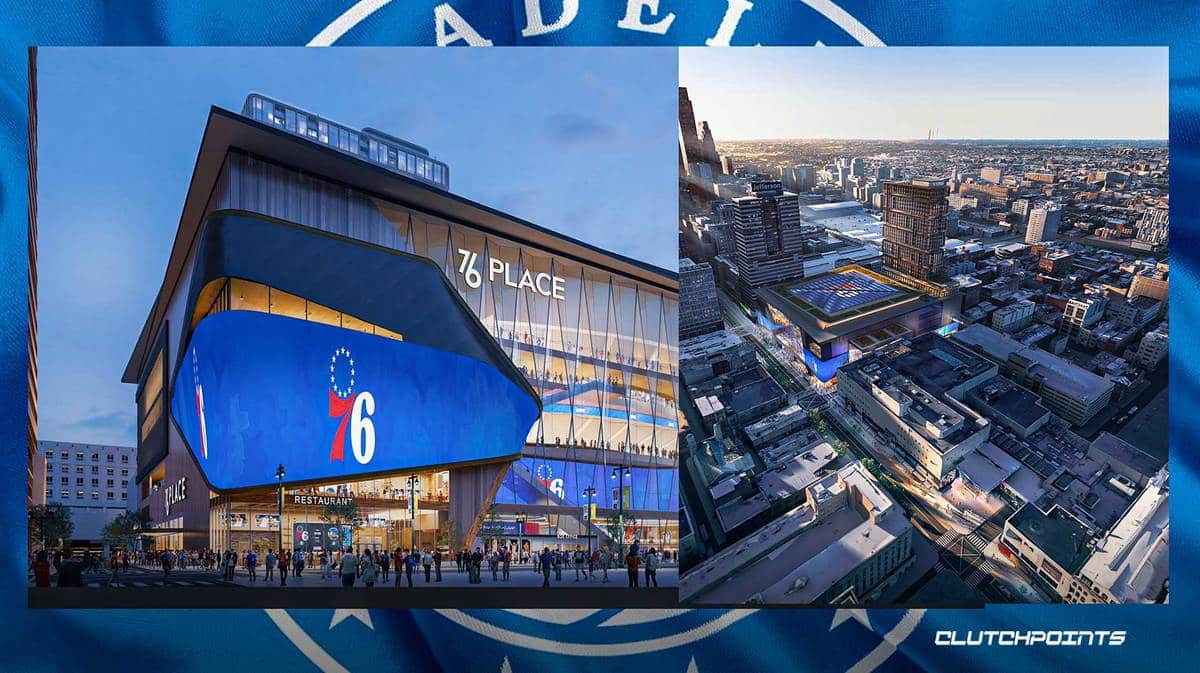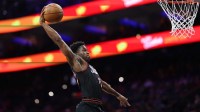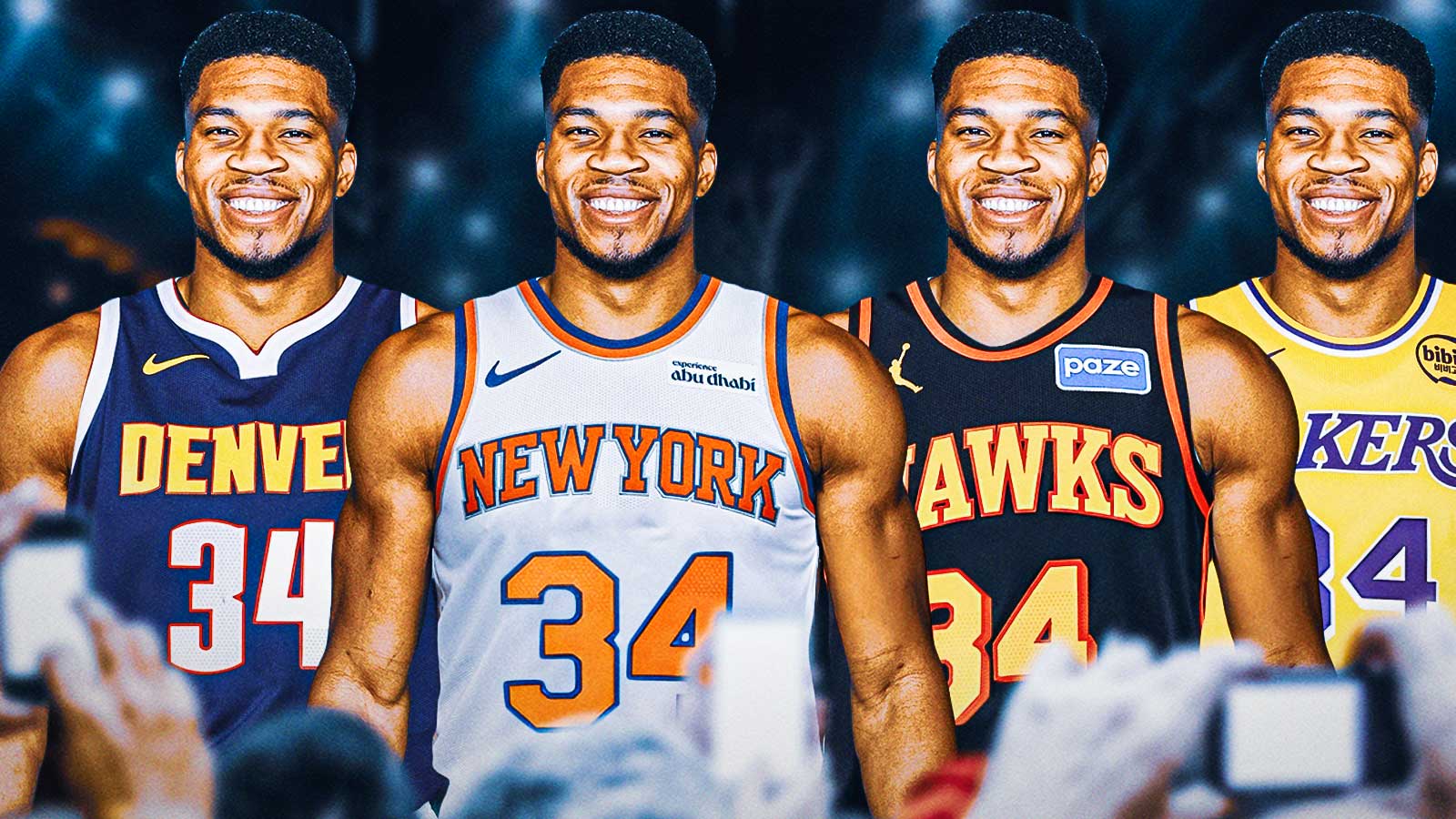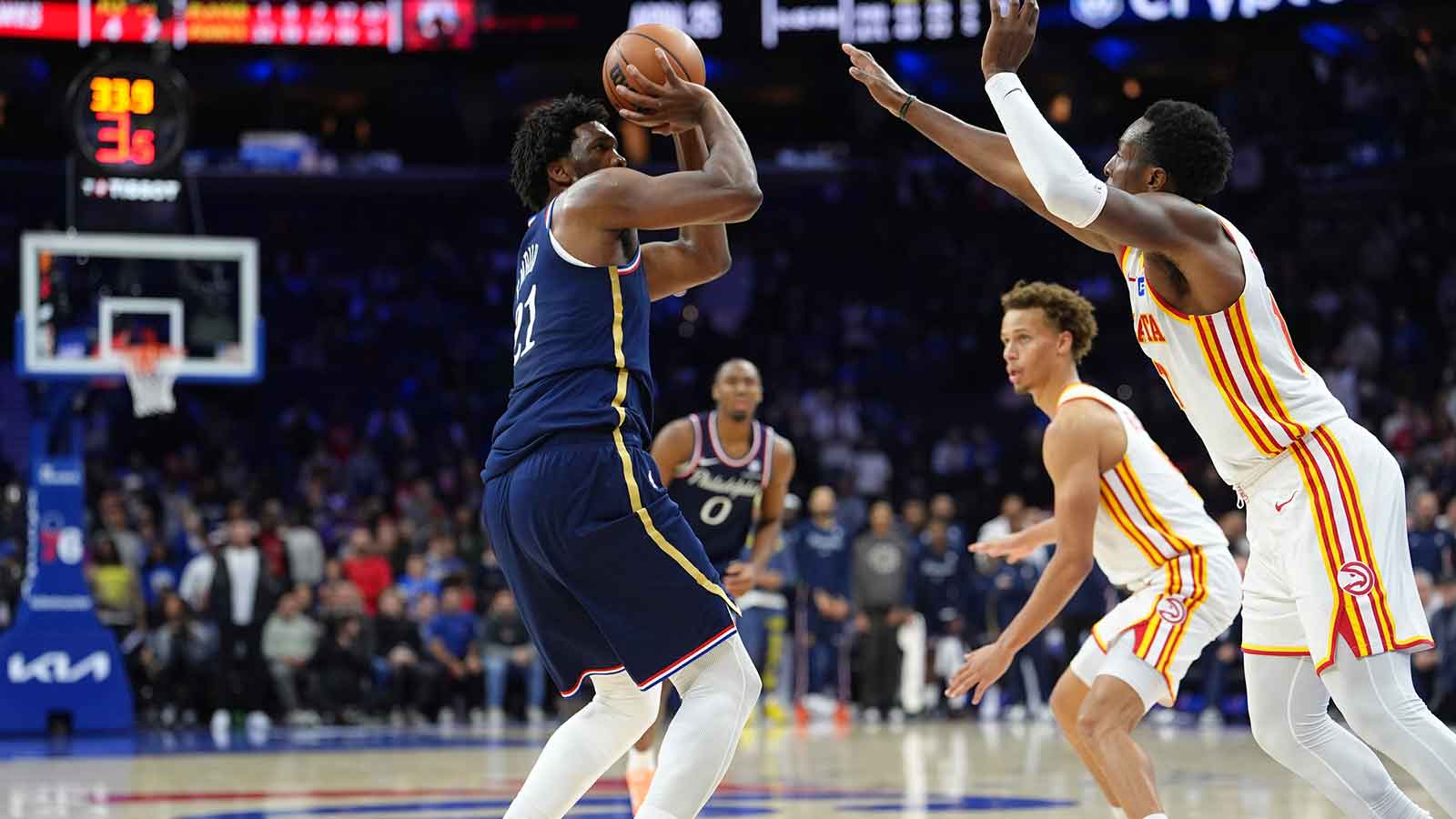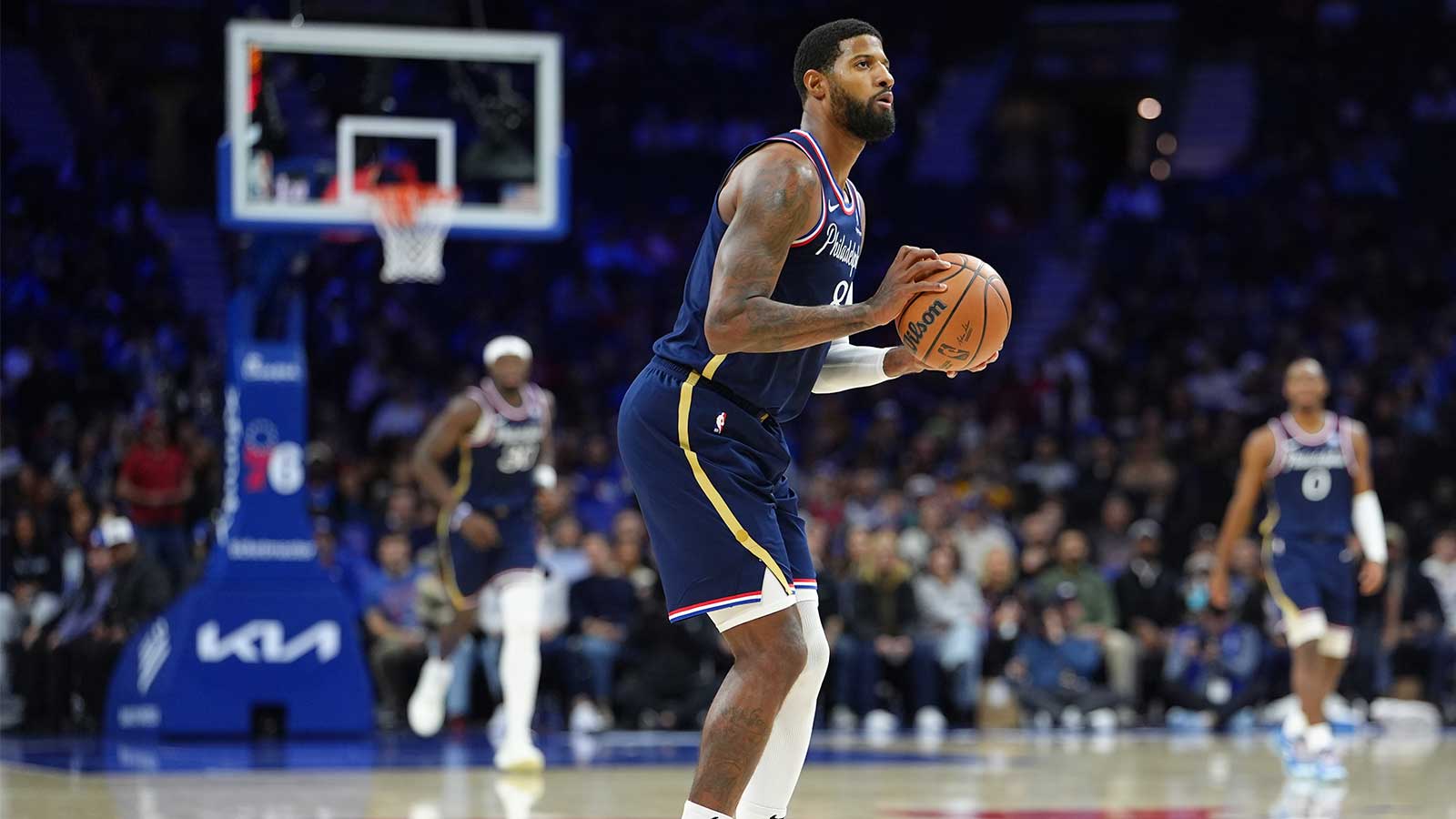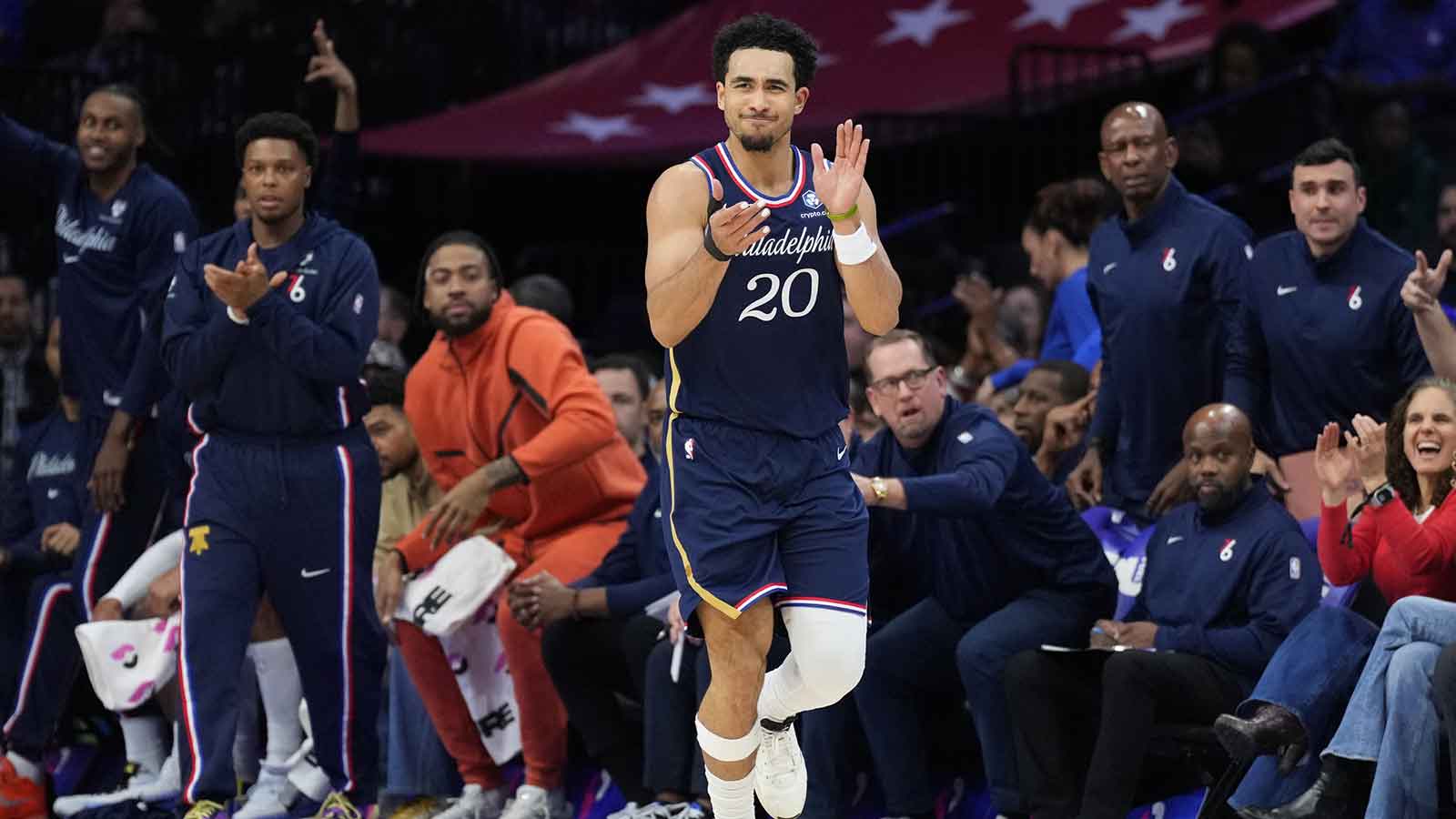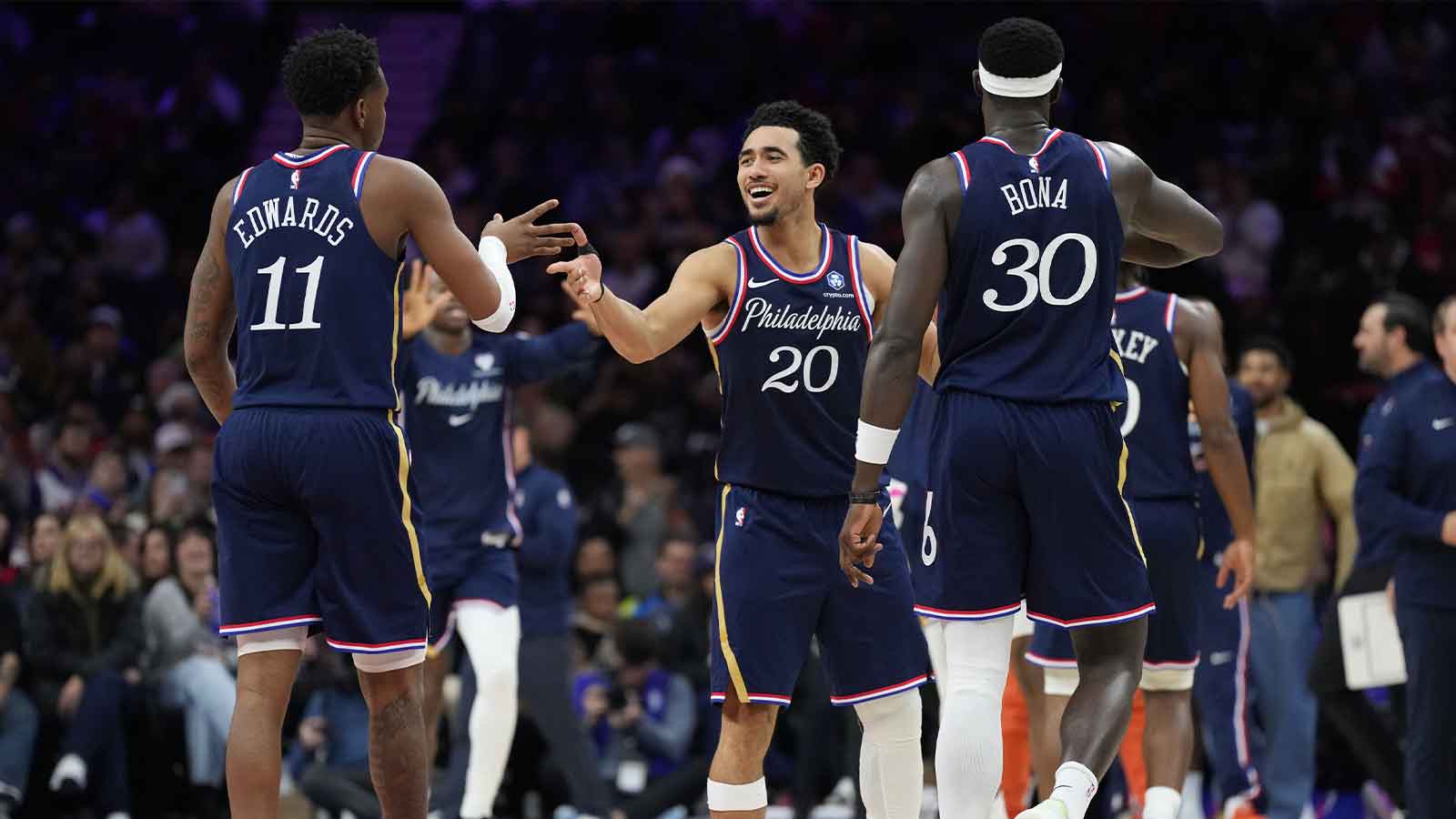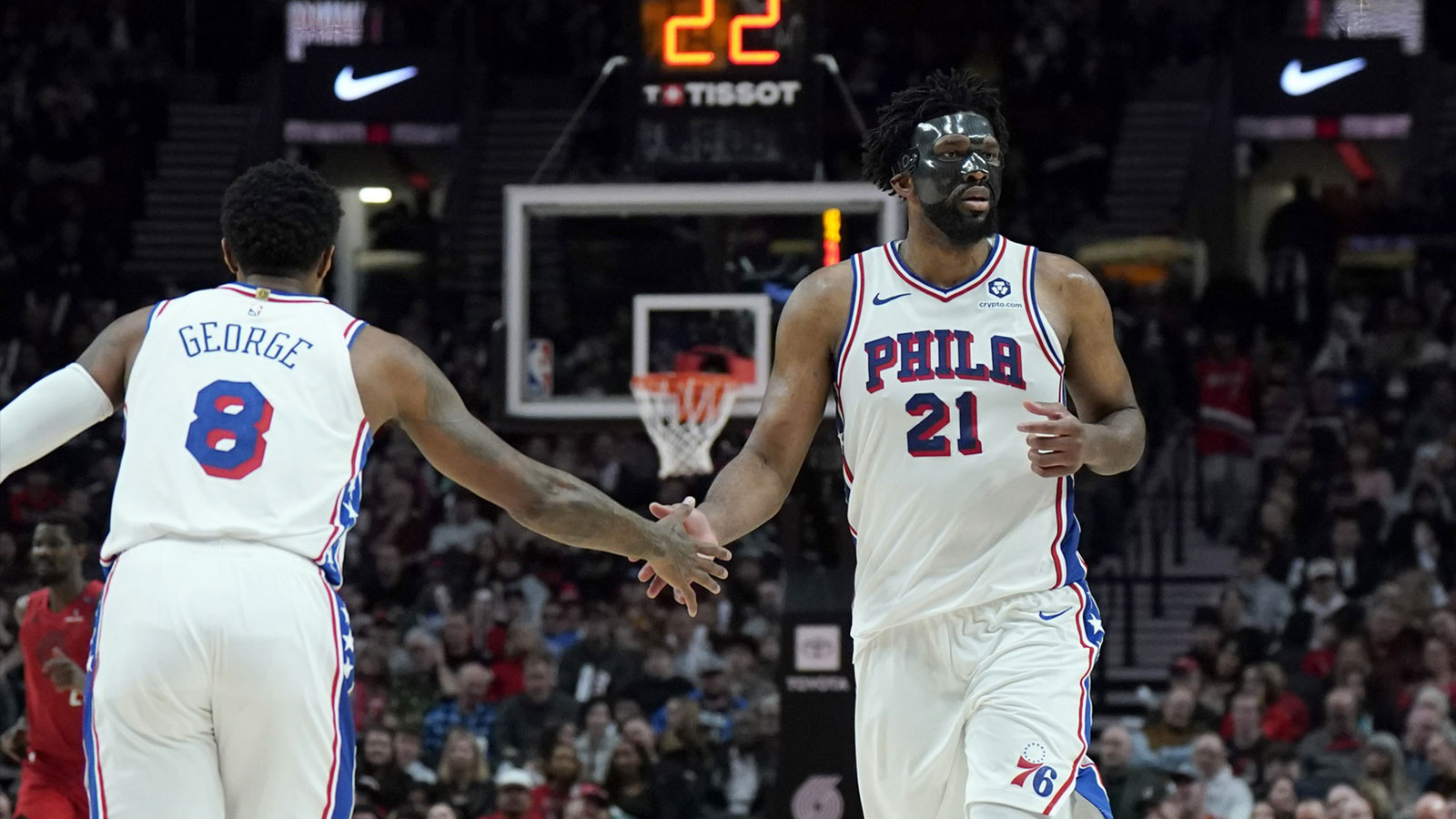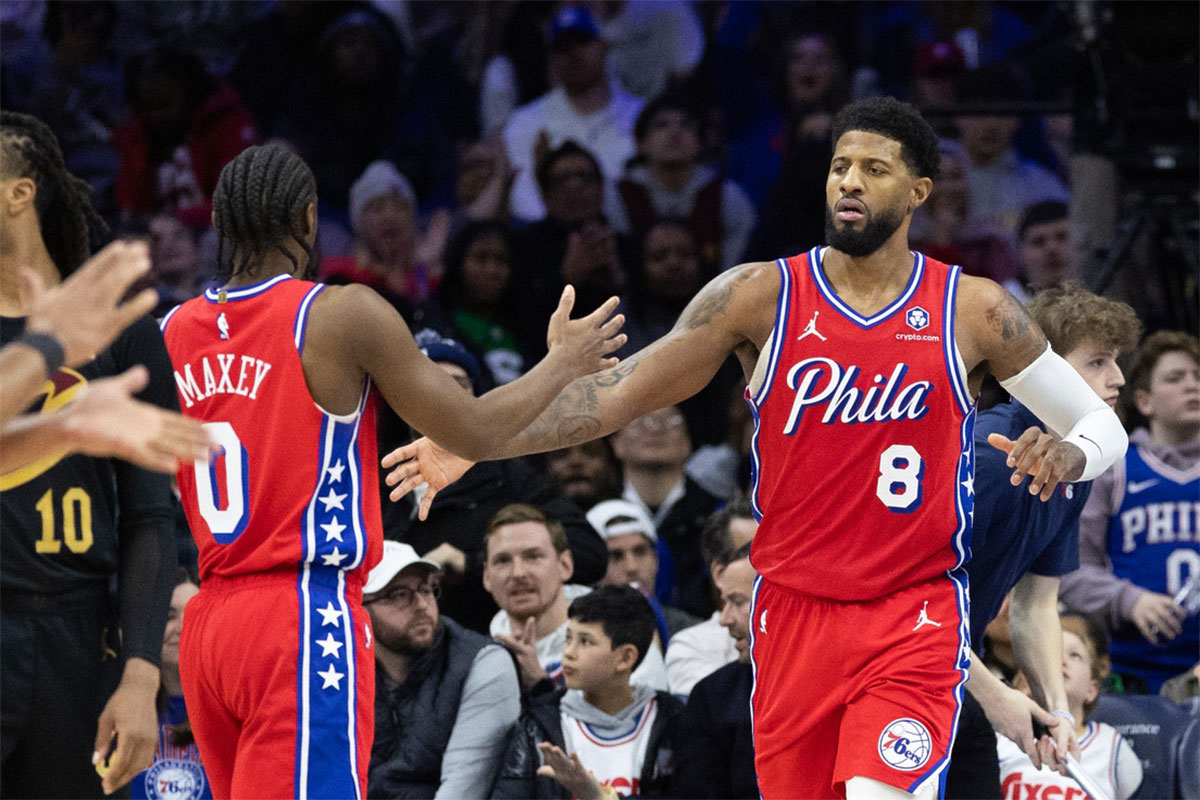As the Philadelphia 76ers look to construct a new arena in downtown Philly, the development team behind the project is looking to spread information about it to the local community. The Sixers' new proposed arena — 76 Place at Market East, which would open in 2031 — would give them their own arena and aims to provide numerous benefits for the city.
On Tuesday evening, the Sixers held the first of five Zoom meetings in August featuring members of the arena development corporation, 76 DevCo, and project advisors. David Adelman, the chairman of 76 DevCo and a Sixers co-owner, was one of several panelists on the call that was moderated by David Gould, the Chief Diversity and Impact Officer at Harris Blitzer Sports & Entertainment, the Sixers' parent company.
The meeting began with a recorded presentation lasting roughly half an hour. The slideshow included closed captioning and a voice-over and slides discussing numerous aspects of the project, including the plan to address concerns over housing with a mixed-income residential building that will include affordable housing and an analysis that says the city and school district of Philadelphia will gain $1 billion in tax revenue.
Some screenshots from the video presentation of 76 Place details pic.twitter.com/ajf6zhJROh
— Sam DiGiovanni (@BySamDiGiovanni) August 15, 2023
Afterward, the 76 DevCo members answered questions from the audience for roughly an hour and a half. Those who answered questions in addition to Gould and Adelman included Alex Kafenbaum, HBSE's Head of Development; JJ Rivers, a studio designer from the architecture firm Gensler that has assisted numerous other ventures for sports arenas and facilities; Maureen Rush, a security advisor for 76 DevCo and President of the Philadelphia Police Foundation; and AnnMarie Vigilante, the Principal/Vice President of the Philly-based engineering consulting company Langan.
For Adelman, the goal is to “deliver a world-class arena” for the Sixers, their fans and the city. In the face of heavy resistance from the nearby Chinatown — a community that is in very close proximity to the Fashion District Mall, the proposed location of the new arena — the development group is making efforts to share insight on the project.
Kafenbaum explained how the developers looked to other cities with downtown arenas — including San Francisco, Brooklyn, Detroit, Sacramento, Boston, Los Angeles and Milwaukee — to observe trends that indicate benefits for the region, naming increased foot traffic and reduced crime in certain locations. Rivers said that environments with sports, entertainment and retail options “drive amazing activity, amazing energy and it really creates an atmosphere that draws people to the sites.”
When asked about the affordability of the units of the residential building, Gould said that 76 DevCo does not yet have a definitive number for the average median income (AMI) used to make units affordable for those in the area. He followed up by saying that it “will be something that we determine as we have additional conversations around how we can support the community, what affordability really looks like for that area and as we get further into discussions about what needs to go into a community benefits agreement.”
Gould said that the Sixers will commit to using union labor for the construction jobs and pointed to the $2 million fund for Black-owned businesses as a sign of commitment to investment into the community. He added that, when it comes to Asian-owned and Hispanic-owned businesses, the arena developers “definitely want to do the same thing and are having conversations with different partners about how we come to a thoughtful, similar commitment.”
Safety and transportation
When previously discussing the arena project, Adelman said that he would help provide funding for security resources in the area. Rush went into further detail about those plans when a question arose about how disorderly and/or drunken fans would be dealt with.
“During these events, it would be well-policed,” she said. “We will be hiring extra Philadelphia police officers. We will have additional safety ambassadors. We will all be working with indoor security officers that are working with the Sixers for event security. It will be no different than where we are the Wells Fargo [Center]. For people [who] overly drink and are intoxicated, they're handled by the Philadelphia police and by security and that would continue.”
Later in the meeting, Rush said that the security plan involves the utilization of approximately 20 CCTV cameras and the improvement of lighting in the area around the arena, including Chinatown and Jefferson Station. In regard to medical emergencies, Vigilante said that Langan examined routes for emergency vehicles in the area. Potential plans to ensure they can operate as needed include technology that gives emergency vehicles priority and alternative routes that would not impede arrival times to hospitals.
The traffic brought on by 76 Place during Sixers games has remained a constant source of concern from detractors. The location of the sports complex in South Philadelphia has made it a natural destination to drive to and park at, but there are no plans to build additional downtown parking.
The Sixers plan to invest in public transportation to make it a more viable option for traveling to games. Research from the developers shows that many people who travel to the Wells Fargo Center are located closer to 76 Place's proposed location, which is located on Market Street and sits atop Jefferson Station, a hub for numerous types of transport. Heavy doubts remain about the fans' willingness to change their long-held habits, but 76 DevCo has made plans to accommodate drivers using nearby parking garages.
“What we found in talking to the operators, and in actually going out and physically walking and surveying these garages, is that during our event times, the vast majority of these spaces are empty and available for us. So it creates a really good natural synergy,” Kafenbaum said.
Proximity to public transportation, he later said, was a key reason that made the Fashion District Mall an appealing location for 76 Place.
Kafenbaum also said that San Francisco found success in incorporating the mass transit fare within ticket prices and partnering with transportation agencies. As for the split of how many attendees would take certain modes of transportation, 76 DevCo estimates that 40 percent will take public transportation, 40 percent will drive, 10 percent will walk or bike and 10 percent will take taxis or rideshare services.
According to Jeff Gammage of the Philadelphia Inquirer, the Wells Fargo Center currently sees 75 percent of its attendees arrive by car. Kafenbaum pegs that number to be over 80 percent, a result of the massive amount of parking spaces and lack of public transportation options outside of the NRG Station subway stop located right in the sports complex.
When asked if a study performed to gauge the impact of traffic could be sent out to attendees, Gould said it has “gone through a number of iterations” and Kafenbaum said that it's a “living, breathing document” that gets observed by a number of entities, including the city and the state of Pennsylvania. Through a right-to-know public-records request, a Langan traffic study from this past November was made publicly available, according to the Inquirer. It was posted online during the meeting by the No Arena In Chinatown Solidarity group.
Additional studies currently being worked on by the Philadelphia Industrial Development Corporation will reveal more information about 76 Place's impact on the area. The Sixers are paying at least $655,000 to cover the costs of two of the three studies — an arrangement made to remove the burden from taxpayers but has been labeled biased and misleading by skeptics — and will not pick the consultants used in the research.
“We have no influence or control about what the scopes of work are for each of those studies or what the overall consultants that were selected [are],” said Gould, who added that the studies, which were commissioned in April, will still take more months to complete.
Concerns from Chinatown
In the eyes of Chinatown residents, the Sixers' plans closely resemble those of Capital One Arena, which houses the Washington Wizards and Capitals and was built in Washington D.C.'s Chinatown. Gould said that the Sixers' plan was not the same thing, noting the Wizards development's lack of consideration and investment toward the community and the fact that it was built directly in the neighborhood. He also denied a rumor that the Sixers were purchasing property in Chinatown.
“We strongly believe that the survival and preservation and thriving of Chinatown and the creation of this arena are not mutually exclusive. We want them to be symbiotic,” he said. “We know that we need to be really intentional to allow that to happen.”
Nonetheless, Chinatown residents and activists by and large still see the Sixers' arena as a massive burden. Neeta Patel, the interim executive director of Asian Americans United, said that the Tuesday meeting more closely resembled an infomercial. She took issue with the lecture format, as the screen showed only the 76 Place team and only one question was seen in the chat section. The rest were read aloud by Gould and not shown on the screen or chat.
“Zoom webinars are a poor excuse for real community engagement, and are not a format where the community feels seen, heard, or respected. That’s doubly true for Chinatown community members who are elderly, do not speak English, and struggle with technology,” Patel said in a press release, urging Adelman and Sixers owners Josh Harris and David Blitzer to meet with community members face-to-face.
Adelman said near the end of the meeting that there will be an in-person meeting “sometime in the fall,” which is consistent with the official announcement of the Zoom meetings. The Sixers' remaining virtual meetings include options for those who do not speak English. Two of them will be English-speaking, while one will be in Mandarin and another will be in Cantonese.
The setup of the meeting, Gould said, was to ensure “an opportunity for everybody to get accurate information without any distractions or interruptions.” During an in-person meeting this past December, Gould and Leslie Smallwood-Lewis, the founder and co-owner of Mosaic Development Partners, a 76 Place partner development company, were frequently interrupted while answering questions.
“I know some people are disappointed that they can't, you know, harass us on Zoom and do things like that, but we wanted to get through the facts and that was the point of this meeting,” Adelman said as the call wrapped up.
As the Sixers continue to share information about the arena proposal, Chinatown residents and local activists will continue to oppose it.
The materials from each meeting, which will all feature the same presentation and a Q&A portion, will be posted on 76 Place's official website.

